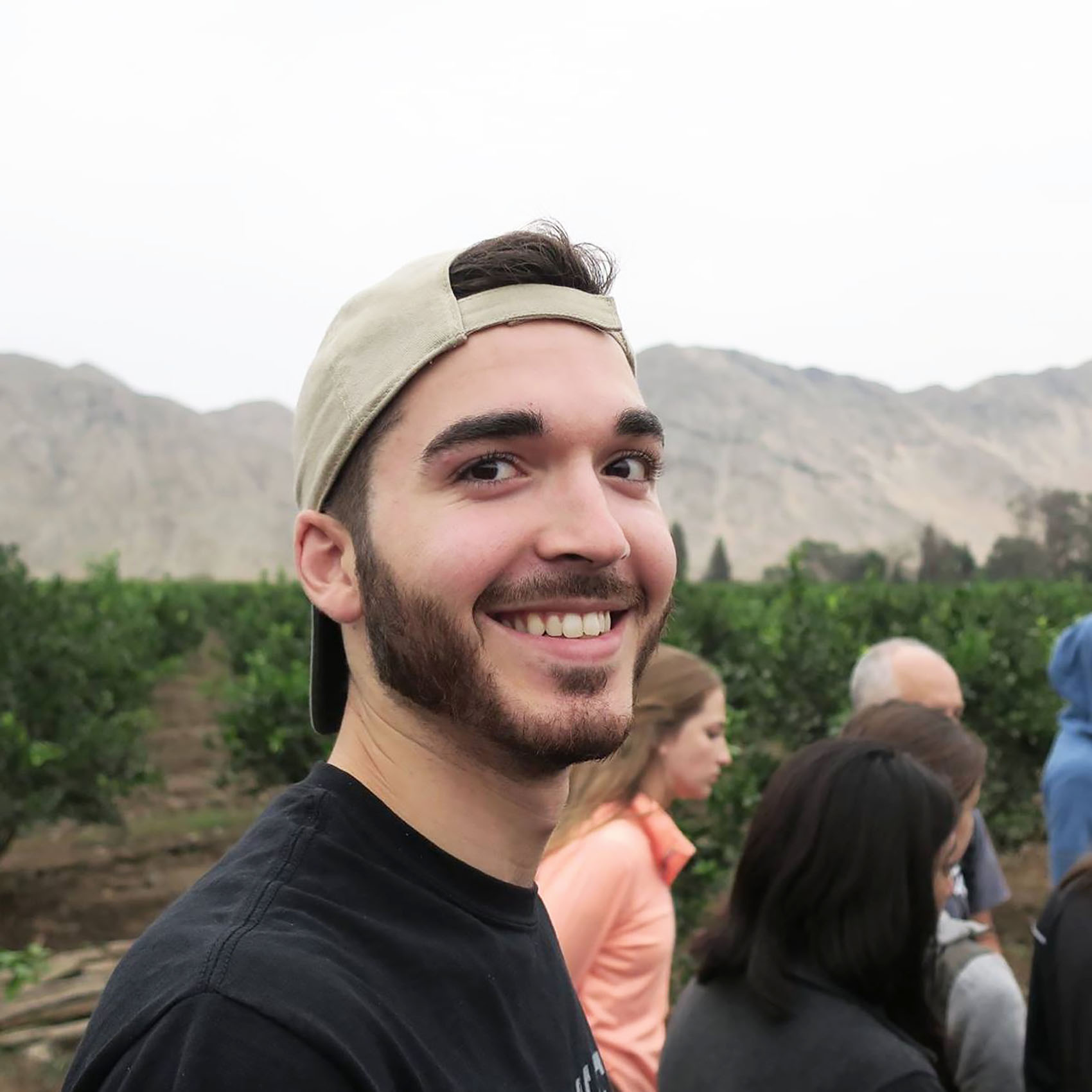The Study-Service Term program has received a lot of attention this year as Goshen College celebrates its 50th anniversary. In addition to celebrating, the college has also been re-evaluating how SST operates, a process that requires hearing the multitude of perspectives we have on our campus as we move forward.
As part of this process, Jose Ortiz and I worked with Jan Bender Shetler, a history professor, this past summer on a Maple Scholars project to examine the perspective of Latino students who had been on SST.Both of us found our own experiences on SST valuable, yet we understood that changes need to be made to create a more equitable program. When looking at the demographics of those who go on SST, significantly fewer Latino students participate in the program than are present on campus.
We began by breaking down the focus of our research into four main sections: the accessibility of the program, the experience of Latino students during SST, the value gained from these experiences, and recommended policy changes. These are questions that should be asked of all students on campus to understand why or why not they are going on SST.
From here, the two of us set about contacting Latino students and alumni to interview, and quickly realized that students are a bit slow at answering their email over the summer. In the end, we interviewed 24 participants about their experiences and later examined what common themes came up during the process. There’s not room to get into all the specifics here, so if you’re interested in hearing more, talk to one of us or read our research paper if you have the time.
What follows is essentially a condensed version of the findings we presented to alumni over Homecoming weekend:
As expected, one of the most common barriers to SST is cost. Oftentimes this means the additional cost of room and board ($5,325 per semester) that commuter students pay when going abroad. Currently, 68 percent of all Latino students at Goshen College are commuters, which means this cost more directly affects them.
Cost is also a major factor for students unable to fit SST into their regular schedules, requiring them to pay the cost of an additional semester to go during the summer. Other barriers that came up in addition to cost were family obligations, communication and immigrant status.
A key value we found during the study relates to the personal growth some Latino students experienced during and after SST. Traveling to a new culture allowed them to ask “who am I?” in a context beyond what they were familiar with. For example, students struggled to explain the differences between their culture and mainstream American culture. Through this experience, some felt a deeper Latino self-identity and appreciation for their own culture, often times resulting in a desire to understand more about their history.
One of the most important changes moving forward is effectively communicating what SST is to students unfamiliar with the program. For students who have friends and relatives that went on SST, they have been preparing to go for years. In recent years, however, the number of students unfamiliar with the idea of SST has grown.
Many Latino parents do not know what SST is, or why they should send their child on it. However, some parents who take time out of their schedules to attend meetings are met with another barrier — the meetings are in English. Students who were interviewed often brought up the need to communicate information about SST to their families in Spanish.
Another area where change is necessary is within the SST-alternative program. Although the college has traditionally given little attention to SST-alts out of a desire to encourage more students to go on SST, there are ultimately some students who cannot or choose not to participate for a variety of reasons.
The first step here should be changing the name. Calling the courses “SST-alternatives” causes students to think that what they are receiving is less-than. If international education remains a requirement at Goshen College, the school needs to figure out what it is that SST provides students so that these “alternative” courses can provide the same thing.
One area of improvement would be to incorporate more experiential learning through May Term style trips to indigenous or Appalachian communities, which could provide cross-cultural trips within the country without sacrificing large costs or time commitments.
In the end, Jose and I have felt inspired to hear students’ voices during this project and hope we can continue to be part of improving the program for future students. One of the most impactful parts of this study for us has simply been getting the message out there.
When we presented at Homecoming, a common reaction from alumni was that they were unaware of the need to improve the SST program to create more equity. We challenged them to spread the word about the need to improve the accessibility and value of SST and to get involved in the steps required to bring these goals to a reality. We challenge you to do the same.


